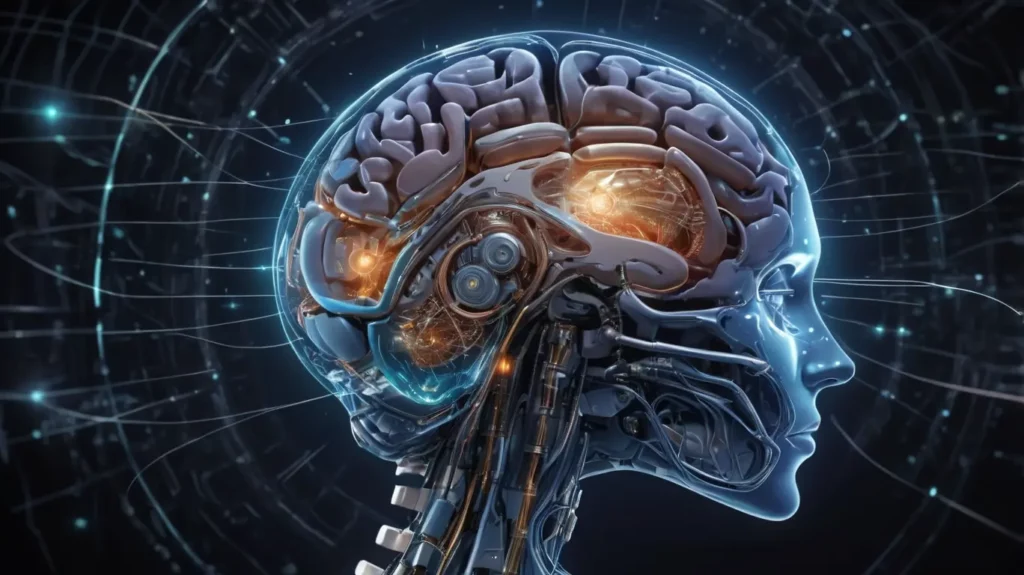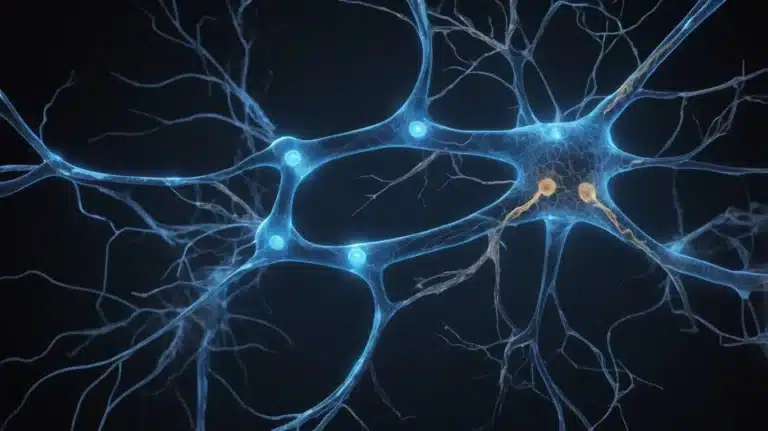Discover DeepSeek Coder V2, the AI that transforms programming. From code generation and debugging to optimization: see how this tool enhances developers’ productivity while minimizing errors. Explore its features, advantages, and limitations in detail.
What does neural mean?
In the realm of artificial intelligence, the term “neural” refers to artificial neural networks, which are mathematical models inspired by the operation of the human brain. These networks consist of layers of interconnected artificial neurons that process and convey data in a hierarchical and adaptive way, enabling the modeling of complex phenomena with greater accuracy.
- Anglo-Saxon origin: The term gained popularity with the advent of deep learning and its related technologies.
- Mathematical and algorithmic concept: Artificial neural networks depend on algorithms that learn from vast amounts of data, constantly adjusting their weights to enhance precision.
- Diverse applications: Neural networks are employed in various fields like voice recognition, image processing, machine translation, and predictive systems, as well as in large database analysis.
What does neuronal mean?
The term neuronal is specifically tied to biological neurons, which are specialized cells forming the brain and nervous system, playing a crucial role in the regulation of vital functions.
- Rooted in biological sciences: It pertains to the cellular mechanisms foundational to communication within the brain.
- Cellular functioning: Neurons communicate through electrical and chemical signals via synapses. This neuronal activity underpins all cognitive functions, such as memory, perception, and decision-making, along with reflexes and motor behavior.
- Used in medicine: The term neuronal is prevalent in the research and treatment of neurological disorders, including Alzheimer’s, Parkinson’s, multiple sclerosis, and other conditions impacting the nervous system.

What distinguishes neural from neuronal?
Etymological Origin
The distinction between neural and neuronal begins with their etymological origins.
- Neural: This term originates from Anglo-Saxon roots and is broadly utilized in the spheres of computing and artificial intelligence. It concerns anything associated with the nervous system or networks inspired by its function.
- Neuronal: This term stems from French, specifically relating to neurons, the nerve cells of the brain and nervous system. Its use is predominantly found in biological and medical science contexts.
Distinctive Characteristics
Aspect | Neural | Neuronal |
Field | AI, Computing | Biology, Medicine |
Structure | Living cells | |
Flexibility | Programmable | Organic |
What are the similarities between neural and neuronal?
Despite their different roots, neural and neuronal converge in the domain of artificial intelligence.
- Artificial neural networks: These models are inspired by the workings of biological neurons. The aim is to artificially replicate the learning capabilities of the human brain and simulate complex cognitive processes, such as visual recognition and decision-making.
- Processing layers: Artificial neural networks feature multiple layers (input, hidden, output) that facilitate hierarchical and adaptive learning.
- Dynamic learning: The network modifies its connections and weights via optimization algorithms, such as error backpropagation, to progressively enhance its precision over successive iterations.
Neural, neuronal: What are the applications?
Emerging Technologies
In the technological sphere, neural networks are integral to innovations like:
- Voice recognition (virtual assistants like Alexa or Siri).
- Natural language processing (chatbots, machine translation).
- Advanced predictive systems (finance, healthcare, predictive maintenance).
Medical Research
Within biological sciences, neuronal studies contribute significantly to understanding:
- Neurological diseases such as Alzheimer’s and Parkinson’s.
- Neural stem cells and their potential for repair.
- The mapping of brain connections to gain insight into the functioning of the human brain.

What are the prospects for the terms neural and neuronal?
The line between neural and neuronal tends to blur with advancements in technology and science.
- Technological convergence: Increasingly, projects seek to merge AI and neuroscience to develop AI models resembling the actual workings of the brain.
- Sophisticated models: Future artificial neural networks might better replicate human cognitive processes, paving the way for currently unimaginable applications.
- Understanding the brain: Studying neurons and simulating their behavior through neural networks improves comprehension of cognition and neurological disorders.
Conclusion
In essence, while neural and neuronal terms are often perceived as interchangeable, they denote distinct yet complementary concepts. “Neural” is extensively used in the field of artificial intelligence to describe brain-inspired models, whereas “neuronal” pertains to biological neurons and their functions. Together, these concepts foster an interdisciplinary dialogue between technology and life sciences, heralding remarkable advances in the understanding of intelligence and the human brain.










